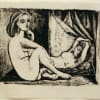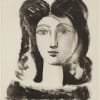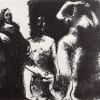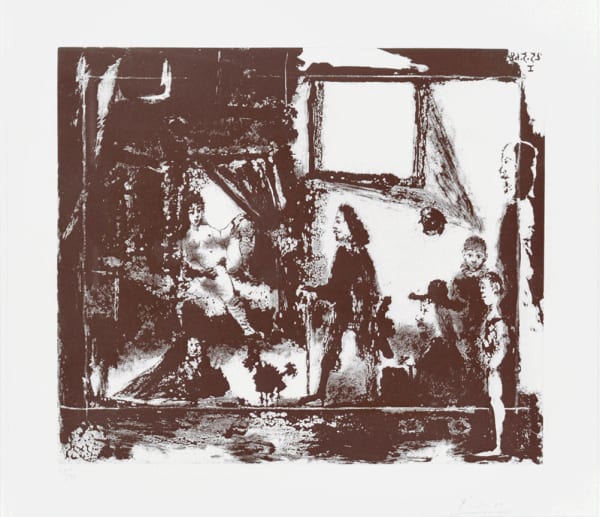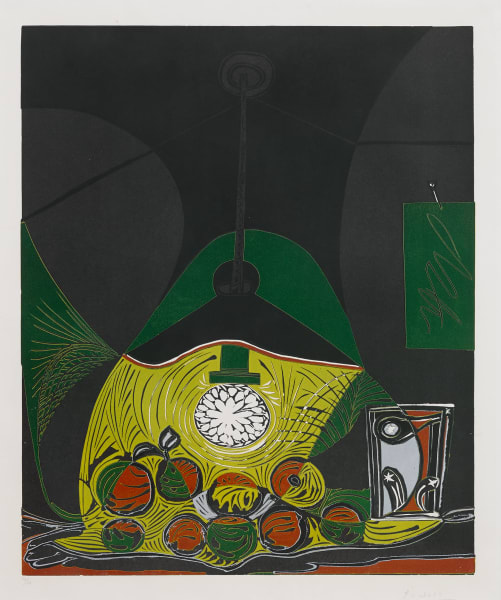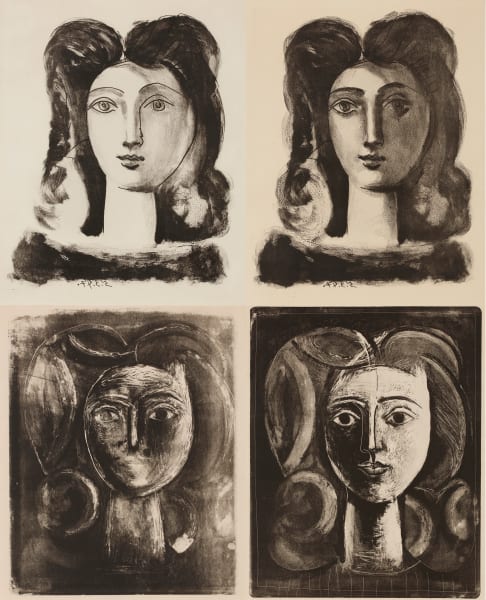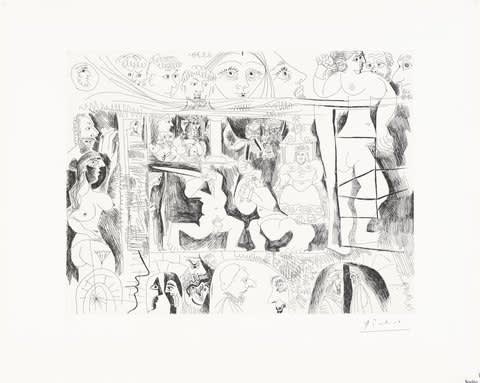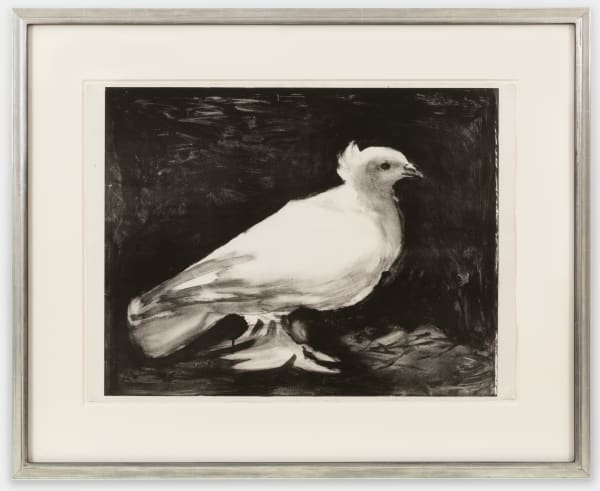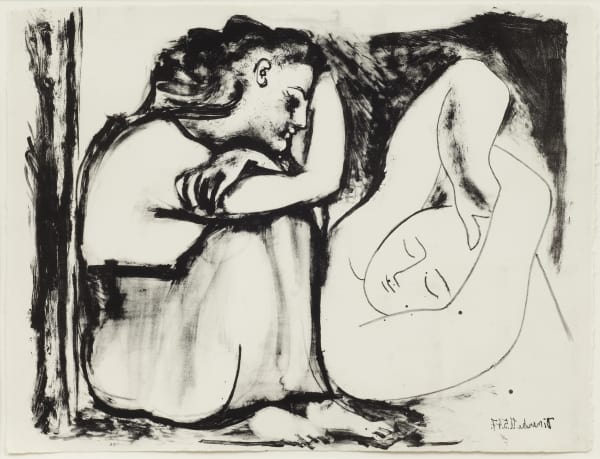Pablo Picasso
Pablo Picasso (1881 - 1973) was born in Malaga, Spain. He entered the School of Fine Arts, Barcelona, in 1895 and the Madrid Academy in 1897. Picasso first visited Paris in autumn 1900, returning to live there a year later. One of the most influential artists of the twentieth century, he produced a prolific body of work, spanning painting and prints to ceramics and theatre design, whilst working in an unprecedented variety of styles.
Picasso is responsible for some of the most enduring printed images of the twentieth century, especially the depictions of his many female companions. In lithography, etching and linocut, Picasso was in every sense of the word a master printmaker, utilising each medium to its greatest effect. From his very first prints at the beginning of the last century, he regarded the various printmaking supports - the etching plate, the lithographic stone, the lino block - as challenges to overcome and to exploit to his own ends.
These include The Vollard Suite which comprises 100 etchings produced by Picasso between 1930 and 1937. The prints offer an ongoing process of change and metamorphosis that eludes any final resolution. Picasso gave no order to the plates nor did he assign any titles to them. The suite was commissioned by Ambroise Vollard, the French dealer and publisher, who gave Picasso his first exhibition in Paris in 1901.
Lithography was the medium of choice for Picasso when he was based in Paris immediately after the Second World War. The close relationship which he developed with the printer Fernand Mourlot engendered a creative discourse unlike any seen before and led to works of immense skill and quality. Lithography also allowed Picasso to indulge in his fascination for developing images through a multitude of stages, as seen in Deux Femmes Nues variations.
Having moved to the South of France in the late 1950s, Picasso was physically distanced from his intaglio and lithography collaborators in Paris and therefore turned his hand to linocuts. Picasso cut, printed and cleaned just one piece of lino over and over again to gradually build up an image and create the final artwork. His printmaking activities became ever more intense throughout his life, culminating in a huge body of etchings and aquatints. These include 347 engravings completed in just seven months between 16 March and 5 October 1968 with master printmaker Aldo Crommelynck. The 347 series toured internationally in 1968 with exhibitions at Galerie Louise Leiris, Paris; Art Institute of Chicago; and Museum of Modern Art, New York.
Picasso’s prints have been exhibited and collected by major museums and galleries across the world. Pablo Picasso died aged 91 in 1973, in Mougins, France.
